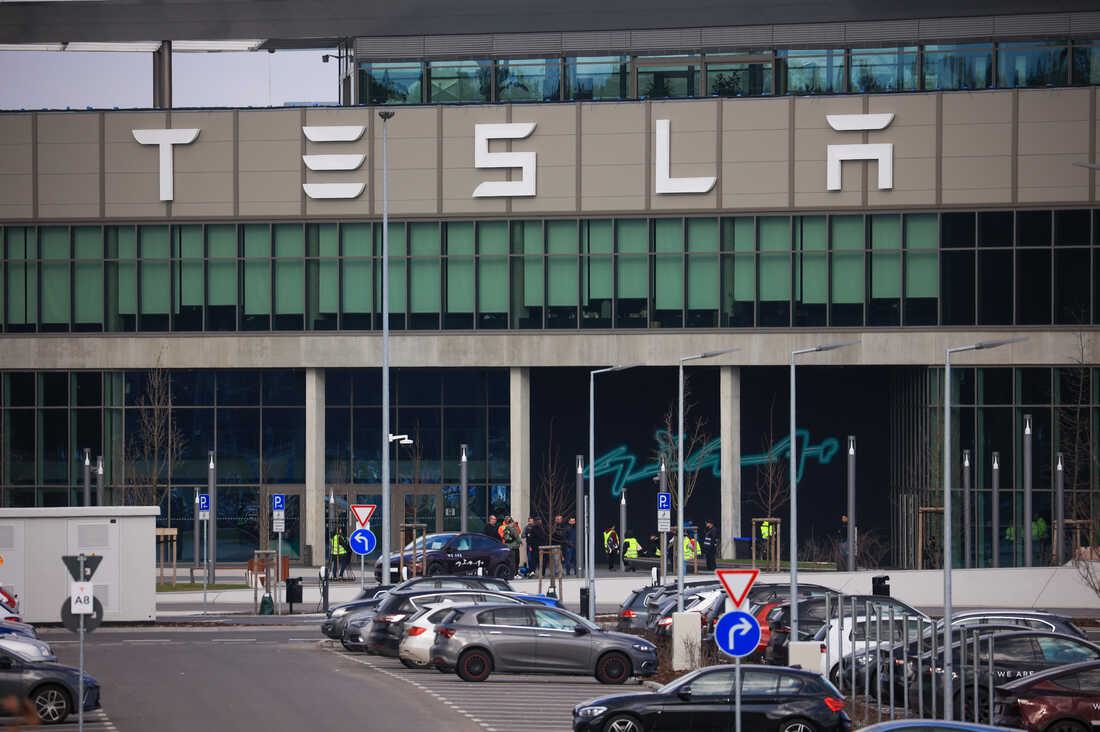Why Microgrids Are The Future Of Energy - Dispatch Weekly
October 8, 2020 - Reading time: 8 minutes

If you are not familiar with the micro-grid concept, micro-grids are local control functions for the power grid, meaning that they can separate from the traditional grid and operate autonomously.
Microgrids can be operated with decentralised generators, renewable resources such as wind, solar, geothermal energy, hydropower or biomass, as well as natural gas. This makes them ideal for local communities looking to take control of their electricity generation, or rural communities looking for a robust, independent power supply. To ensure continuous power, communities, businesses, and even homeowners are investing in micro-grids that enable local energy production, storage, and consumption.
In a recent report, Wood Mac’s researchers said they expected the amount of solar generation capacity and storage in North America, Europe, and Oceania to rise twofold by 2025. In the United States alone, solar capacity and storage are seen jumping by 127 GW between 2016 and 2025, the energy consultancy’s grid edge research content lead, Elta Kolo, and research manager Fei Wang said. Meanwhile, charging points for electric vehicles will increase sevenfold.
In the UK, Power Grid services support transitioning to microgrid which includes reduced electricity purchase costs, on-site network investment deferral, DNO connection agreement optimisation, reduced carbon emissions, increased resilience and ancillary revenue streams from assets.
Micro-grids are already driving a revolution and their role at MSU highlights their importance for the future of energy efficiency and renewable energy. They are the next step in urban development, according to a recent report by the US Department of Energy’s Energy Information Administration.
“The problem with ‘turning down’ energy generation to stay balanced (i.e. no more new cans on the shelf), is that it will likely mean asking small solar and wind generators to switch off. It’s a waste of green power, and could even harm small UK renewable generators as they lose the opportunity to sell their clean energy.” says Pete Miller from Octopus Energy.
However, renewable energy performance depends on changeable weather conditions, which negates its ability to ensure 100% reliability. As the global shift to renewable energy continues and mitigates climate change, micro-grids enable communities large and small to improve local energy supplies by using the best green technologies. Residential buildings and batteries can be fed into micro grids, bringing alternative energy sources into the grid, providing environmental benefits and increasing energy efficiency and cost savings.
“Microgrids, solar-plus-storage systems, EV chargers, dispatchable energy loads and other distributed energy resources are going to play an increasingly important role in shaping California’s electricity supply-demand balance as it seeks to reach its goal of 100 per cent carbon-free energy by 2045,” St. John wrote in late August.
Globally, the fast-growing microgrid market is projected to be $30 billion by 2027, slightly higher than previously expected, although it still accounts for only a small fraction of the global energy market. Given the increasing demand of consumers for renewable energy, the reliability of renewable energy is the greatest challenge facing the micro-grid market today.
Batteries
Batteries, which are often a core element of micro-grids, represent a substantial portion of the capital cost and are, therefore, an important component of the tariffs charged to customers and ultimately determine whether micro-grids can be financially sustainable. For example, a sample system designed to supply a representative off-grid community (100 households) with enough electricity to run lights, radios, and small-scale commercial activities could be powered by 25 kilowatts (kW) of solar panels that are paired with a 40 kilowatt hour (kWh) battery. In that example, the battery could be ~20% of upfront costs and ~35% of lifecycle capital expenditures.
Those costs are normally passed on to customers, making batteries a key determinant of affordability and business model sustainability. As a result, understanding key considerations for selecting a battery type and operating it effectively are foundational to developing sustainable micro-grid business models and taking micro-grid growth to scale across SSA.
“Offshore wind is coming on board, we’re seeing lots of onshore wind and a huge growth in solar,” explains Roisin Quinn, head of energy strategy and policy at National Grid. But there are new challenges. For one thing, renewable energy doesn’t provide a constant supply of electricity, but fluctuates greatly depending on how much the Sun is shining or how windy it is. “You need to manage that variability which means taking more actions,” adds Quinn. Because the supply of electricity on the grid has to equal demand to avoid overloading it, grid operators need to turn sources of energy up and down to cope with the waxing and waning input of renewables.
Currently, organisations and industries use hybrid systems and as the cost of renewable energy continues to become affordable, green energy is becoming more widespread worldwide. On the other hand, gas generators will continue to be used as a cost-effective option in limited micro-grids at selected locations.
Energy Resilience
Energy Resilience can be achieved by moving the micro-grid, which is self-sufficient and independent of the main grid in terms of energy supply and demand. Micro-grids can contribute to the energy transition by improving the efficiency of energy generation, storage, transmission and distribution systems, as well as participating in demand response and grid balancing programmes.
Currently in the United States, renewable energy can generate on average 1,475 kilowatts locally and could supply power to 190 nearby homes and businesses. If the main grid encounters disruption or instability, the micro-grid can be decoupled and continue to supply energy from local sources. The possibility of proactively switching between decentralised energy resources and the traditional electricity grid in the event of a power failure is a major technological breakthrough.
New micro-grids will be built to test how to save costs – effectively and safely providing customers with energy from renewable and clean sources. This allows renewable energy sources to run unused – limited and even overloaded.
Elon Musk and Solar City
Elon Musk is trying to solve two problems facing a microgrid future. First, how do you create a newly designed product for distributed energy and second, how do you incorporate and not alienate Utility market as consumers flock to the new technologies?
To make this all happen, Musk wants to merge battery company, Tesla, with solar company SolarCity. (Musk holds key executive and ownership positions in both public companies). The move is seen by many analysts as a way to bolster SolarCity’s earnings.
Musk says he wants the merger so that he can create a one-stop-shop for consumers and utilities, where they can buy solar, storage and an electric car all in one place.
A key shareholder vote is scheduled on the merger Nov. 17. All eyes – at least for the short-term — are on that vote. If Musk prevails, all eyes over the long-term may be on a sea of glass rooftops.

DW Staff
David Lintott is the Editor-in-Chief, leading our team of talented freelance journalists. He specializes in covering culture, sport, and society. Originally from the decaying seaside town of Eastbourne, he attributes his insightful world-weariness to his roots in this unique setting.




